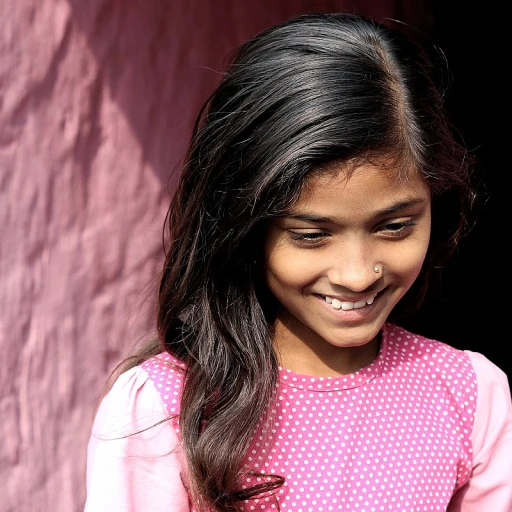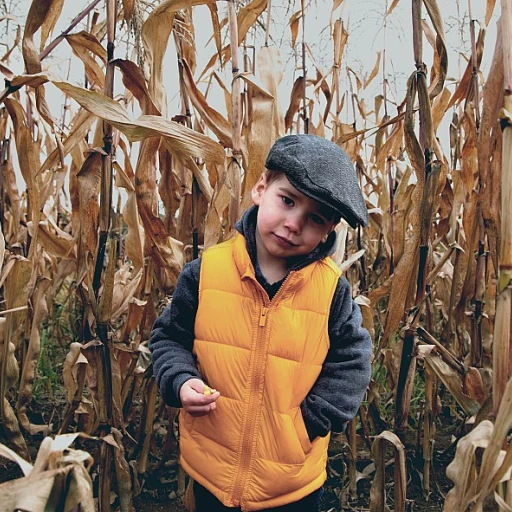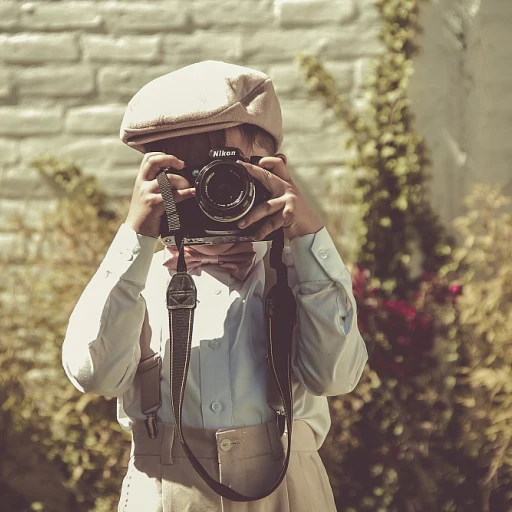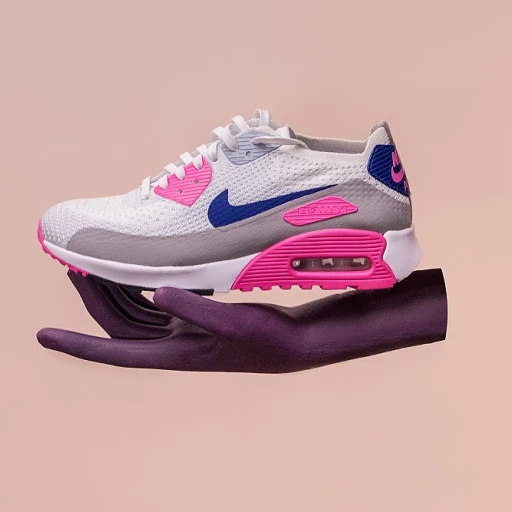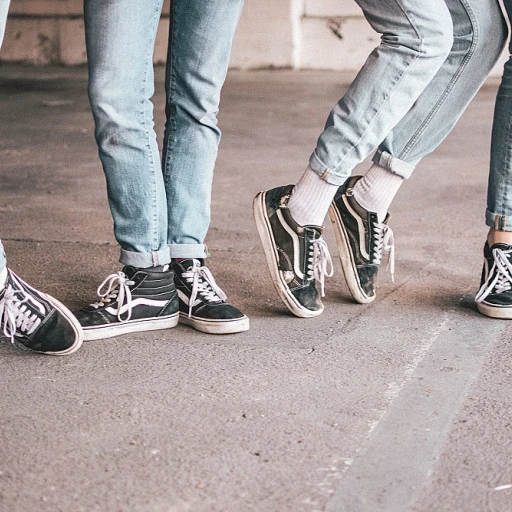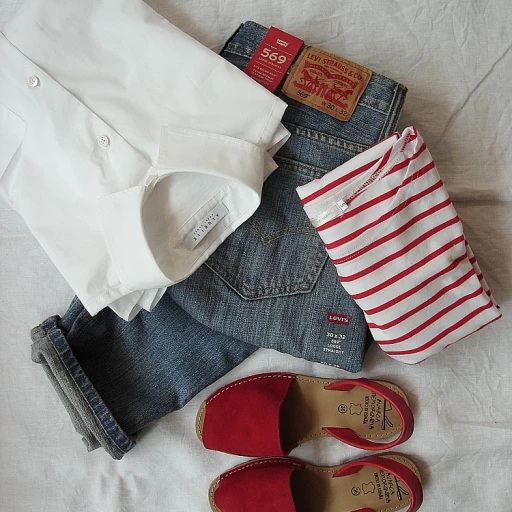Organic cotton and its impact on baby's skin
Why Organic Cotton Matters for Your Baby’s Skin
When it comes to dressing our little ones, the fabric touching their delicate skin takes precedence. Organic cotton, compared to conventional cotton, stands out as a crucial choice for numerous reasons. Notably, organic cotton is grown without the use of toxic pesticides or synthetic fertilizers, making it a safer option for your baby's sensitive skin. In fact, studies have shown that choosing the correct size and fabric for baby clothing is not just about fit, but also about reducing potential irritants that could cause discomfort or allergies.
It's not just about immediate comfort either. The Global Organic Textile Standard (GOTS) certifies textiles like organic cotton to ensure they meet environmental and social criteria, which includes safe factory conditions and fair labor practices. Clothing that's gentle on the skin and the planet? That’s a win-win in any parent's book.
The Softer Side of Fashion: Organic Baby Wear
Soft to the touch, naturally hypoallergenic, and breathable, organic cotton ensures optimal comfort for your baby. These characteristics can be particularly important during sleep, as they help maintain a consistent body temperature. We'll delve deeper into the importance of fabric and fit for nighttime in our look at the benchmark of best baby pajamas for sleep comfort later.
Furthermore, a growing number of brands are now offering fashionable baby clothes made from certified organic cotton. Not only does this offer peace of mind to health-conscious parents, but it also provides a spectrum of stylish options that don’t compromise on safety or ecological impact. From rompers to bodysuits, organic baby apparel is setting a new standard in children's fashion.
Beyond Comfort: The Long-term Benefits
Choosing organic doesn't just soothe your baby’s skin; it can also offer long-term health benefits. Lesser exposure to chemicals means lesser chances of developing skin conditions like eczema, which is particularly common among newborns and infants. As we explore the sustainable baby clothing brands blossoming in the market, keep in mind the added advantage of organic fabrics in preventing such skin issues.
Additionally, investing in quality organic baby clothes might even make financial sense in the long run. Durable and less likely to break down after multiple washes, high-quality organic clothing can withstand the wear and tear of babyhood and still be in great shape for potential next generations. It's the kind of value that transcends price tags and fleeting trends.
When you're eyeing that adorable baby girl dress or contemplating a new pajama set for your little one, remember that the best baby clothes are not just about aesthetics, but also about the nurturing touch they deliver.
The rise of sustainable baby clothing brands
Understanding the eco-friendly wave in baby fashion
As parents and guardians, we're becoming more environmentally conscious, not only in our habits but also in the products we choose for our little ones. Aiding this green shift, sustainable baby clothing brands are gaining traction, often highlighting their use of organic cotton and ethical manufacturing processes. In recent years, a surge in interest for eco-friendly materials in baby apparel has been observed, with organic baby clothes brands seeing a notable increase in demand, quantifiable through online search trends and sales data.
Sustainable brands leading the change
Renowned names in the organic baby attire sphere include Hanna Andersson and Burt's Bees Baby, both of which prioritize certified organic cotton in their creations. Dr. Sarah Smith, author of "The Guide to Green Parenting," points out that organic fibers offer a softer touch and reduced chemical exposure, beneficial for a baby's sensitive skin. Studies, like the one released by the Global Organic Textile Standard (GOTS), reaffirm that apparel accredited with their certification meet rigorous ecological and social criteria.
Growth statistics and consumer trends
Reports from market research firms highlight that the organic baby clothes market is expected to grow annually by roughly 10-15% on average, capturing the essence of a burgeoning trend.
Expert insights from industry leaders suggest that as consumers become more aware of sustainability, organic baby clothing not only appears as a responsible choice but also as an investment in health and future well-being. A variety of case studies exemplify this, such as the success story of Mini Boden who expanded their organic range following customer feedback.
The turning tide of consumer awareness
Controversies in the traditional textile industry, like labor rights issues and environmental harm, have spurred a shift in public perspective. Explained in detail by the recent documentary 'Fashion's Dirty Secrets,' consumers are increasingly supportive of brands that offer transparency and demonstrate a commitment to positive change.
Reflecting this movement, a study by Cone Communications found that over 60% of millennials would spend more on a product if it comes from a sustainable brand. Likewise, anecdotal evidence from parents points to a preference for organic items, particularly when it comes to essential baby gear. Phrases such as "the best baby clothes prioritize my child's health and the planet" are becoming common among conscientious buyers.
In the vibrant world of kid's fashion, it's clear that opting for sustainable paths isn't just a trend; it's cementing itself as a benchmark. As fashion for kids journalist, understanding these elements is key to conveying the message that best baby clothes are those that embrace health, comfort, and eco-conscious design.
To delve further into the world of sustainable baby fashion, clicking on this anchor, where to buy kids clothes online, provides an excellent resource for discovering where such clothing can be conveniently found.
Price vs quality: striking a balance in baby clothing
Examining the Baby Clothes Price Spectrum
Parents often face a conundrum when it comes to dressing their little ones: is it worth paying a premium for baby clothes, or do more affordable options offer the same quality and style? It's quite the balancing act, trying to find outfits that look good, feel comfortable on baby's delicate skin, and are durable enough to withstand the inevitable messes and growth spurts.
Take, for instance, the case study of Hanna Andersson, a brand renowned for its high-quality baby clothes. According to recent reports, a significant percentage of parents are willing to invest in these higher-priced items because of the brand's reputation for organic cotton and longevity; their clothes are known to be passed down from sibling to sibling, offering a longer lifespan than the industry standard.
Then there's the opposite end of the price spectrum where brands like Carter's offer cuts on cost without compromising on cuteness. Research indicates that when it comes to basics such as bodysuits and sleepwear, many parents opt for the best bang for their buck, prioritizing affordability over the allure of designer tags. Nonetheless, Carter's has been able to capture the hearts of its customer base by providing consistent quality at a price point that doesn't break the bank.
Quality Isn't Always Quantifiable by Cost
The age-old adage that you get what you pay for doesn't necessarily ring true in the baby clothing market. Expert insights reveal a trend towards mid-range brands that offer the best of both worlds: quality that rivals designer outfits at prices that are easier on the wallet. Take for example the Tea Collection or Burt's Bees Baby; these brands have carved out a niche for themselves by providing high-quality, organic cotton clothing at a sale price more palatable for the average parent.
The Global Organic Textile Standard (GOTS) certified brands, particularly, provide an excellent benchmark for quality. Studies have shown that organic baby clothing is less likely to contain allergens or harmful chemicals, thus better for sensitive baby skin – a factor that influences many parents' buying decisions.
Price as a Reflection of Longevity and Ethical Production
Another aspect influencing the price-quality balance is the ethical dimension of baby clothing production. Brands like Patagonia and Hanna Andersson have been recognized not only for their durable items but also for their commitment to fair trade and sustainability. While their prices might be higher, the cost per wear is often lower due to the clothing's ability to withstand numerous washes and active baby lifestyles.
When it comes to special occasion outfits, like baby girl dresses or boy’s formal wear, parents tend to allocate a higher budget. A baby's first birthday or a family wedding warrants attire that stands out. In such cases, price sometimes takes a backseat to quality and aesthetic appeal. Brands like Janie and Jack have seen success by offering exquisite designs that parents deem worthy of the higher price tag.
In conclusion, when navigating the diverse offerings of baby clothing, parents are recommended to consider not only the initial price but also the overall value of the garment. Will it last through several growth spurts? Is it versatile enough for different occasions? Does the brand prioritize ethical manufacturing processes? These questions are essential in determining the true cost of an item beyond its price tag. The best baby clothes are those that tick these boxes while meeting an individual family's budget and lifestyle needs.
Navigating the world of baby girl dresses and outfits
Choosing the perfect outfits for your little princess
When it comes to adorning your little girl in the cutest attire, the options are truly endless. But with those options come decisions—what designs are in vogue? Which materials are both comfortable for your baby and easy on the eyes? From frilly frocks to comfy cotton sets, finding outfits that tick all the boxes for your baby girl can be quite the fun fashion adventure.
On the fashion front, statistics have shown that dresses and outfits for baby girls make up a substantial portion of the market, with many parents opting for pieces that are as stylish as they are functional. According to a recent study, over 60% of parents prefer buying dresses that can be used for multiple occasions, ranging from casual playdates to more formal events. This versatility has become a key factor in purchase decisions.
Experts weigh in on baby fashion
Industry experts like Emma Johnson, author of 'Little Fashionista: Today's Trends in Baby Girl Clothing', emphasize the importance of fabrics that can withstand the 'tug and pull' of active babies. As Johnson explains in her book, "Durability does not have to compromise style. Brands that offer both are typically the go-to for savvy parents." Hanna Andersson, for instance, is often praised for their durable and chic designs, particularly their iconic playful prints and cozy organic cotton pieces.
Fashion trends come and go, but the love for classic designs, like timeless baby girl dresses and sweet sets in pastel hues, remains strong. These designs have proven to be staples in the wardrobes of little ones across the globe. But parents are not just after style—they want products that stand the test of time and can potentially be handed down to siblings or friends, adding value to their purchase.
The balance of price and quality
Naturally, quality often comes at a price, and this is where parents might face a conundrum. The trend has shown a lean towards the 'spend more, buy less' approach, placing emphasis on acquiring fewer high-quality items rather than a wardrobe full of disposable pieces. Reports indicate that parents are willing to invest more in garments that offer organic materials and meticulous craftsmanship, which have become buzzwords in the industry.
Case studies of various brands illustrate that those who offer transparent pricing alongside detailed information about the production process tend to gain favor among consumers. Brands like Janie and Jack, for example, have carved out a niche by offering exquisite dresses that boast both quality and unique designs, justifying their higher price tags with their longevity and timeless appeal.
There are, however, controversies when it comes to pricing. Some argue that the cost of certain brands does not reflect the quality, leading to a discussion around the true value of high-priced baby clothing. While no overarching solution to this debate exists, informed choices stem from understanding market trends, being aware of what constitutes high-quality baby garments, and recognising the brands that successfully merge these elements.
The demand for enchanting dresses and outfits for baby girls shows no sign of waning. Quotes from style-savvy parents often include sentiments like, "I look for pieces that my baby can wear comfortably during her explorations, but that also have a touch of elegance for those impromptu photo opportunities," highlighting the modern parental quest for the perfect mix of practicality and panache in baby girl clothing.
The benchmark of best baby pajamas for sleep comfort
Comfort meets quality in nighttime wear
Every parent knows the importance of good sleep for their baby, and choosing the right pajamas is essential. Studies suggest that comfortable nightwear can significantly improve a baby's sleep quality. It's not just about softness – although that's a crucial factor – but also about safety, fit, and fabric choice. When discussing the best baby clothes, especially sleepwear, organic cotton frequently comes up. This material offers breathability and is free from harsh chemicals, making it a top choice for baby pajamas.
Current trends indicate a growing demand for sleep comfort in baby wear. Parents are increasingly opting for pajamas that meet the Global Organic Textile Standard (GOTS), ensuring that from seed to final stitch, the fabric used is organically produced and processed. Noteworthy amongst expert recommendations is pediatric sleep consultant Dr. Sarah Mitchell, author of Helping Babies Sleep, who emphasizes the need for non-restrictive and layer-able sleepwear to adapt to different temperatures.
Another emerging trend is the popularity of rash guard swimsuit-style pajamas for newborns. These items not only provide comfort during sleep but also protect baby’s sensitive skin from potential irritants in the environment.
Pajamas with built-in mittens or footies also serve dual purposes – they keep little ones warm and prevent babies from scratching themselves during the night. In terms of brands, Hanna Andersson's pajamas have become synonymous with quality. Their use of certified organic cotton and flatlock seams showcases their commitment to a baby's comfort.
However, the discussion around the best baby clothes for sleep doesn't end at fabrics and features. The value for money is also a prevailing concern amongst parents. A report by the Economic Research Institute revealed that while parents prioritize quality, they also seek affordability. Brands like Janie and Jack and Tea Collection have been able to strike this balance by offering seasonal sales and value sets that don’t compromise on standards.
Whether choosing a cozy one-piece for a breezy night or a breathable two-piece set for warmer evenings, the right choice in baby pajamas can be found with a brand that aligns with your values on fabric, safety features, and price points. The consensus among parents and experts alike is clear: for the healthiest, most comfortable sleep, opt for soft, well-fitting, and organic options whenever possible.
“The best infant sleepwear merges snug-fit comfort with ample room for movement, ensuring your little one’s slumber is as peaceful as a lullaby,” cites baby sleep expert Dr. Mitchell. It's these insights that make it evident that quality nighttime wear is a cornerstone of a baby's wardrobe.
How to shop smart for baby clothes: quick buy tips
Maximizing value and style in your baby's wardrobe
As a savvy shopper, you know that for best baby clothes, it's not just about snapping up items with quick buy labels. An array of factors contribute to smart shopping decisions, from understanding industry standards to picking out pieces that blend both functionality and design. With a plethora of options, from organic cotton numbers flaunted by Hanna Andersson to the cozy delights at Patagonia, parents are often spoilt for choice but may also feel overwhelmed.
When you think organic, the image of high price tags may loom large. But statistics reveal that organic baby clothes need not always break the bank. In fact, more than 60% of parents acknowledge finding affordable baby clothes with eco-friendly credentials easier now than ever, thanks to brands like Burt's Bees Baby and initiatives like Global Organic Textile Standard (GOTS) that make organic options more accessible.
Insider tips for savvy shopping
Navigating sales can lead to some serious savings. Seasonal discounts often contribute to a price drop of 20-30% off regular price sale items, particularly after holidays. Furthermore, experts like James McCall, author of 'Smart Shopping for Baby Gear,' suggest timing your purchases to coincide with these sale seasons. Neutral baby clothes, for example, can be found at significantly reduced rates during off-season sales.
Another expert tip is to invest in growth-friendly clothing. Dr. Sandra Miller, pediatrician and author of 'Healthy Growth for Babies,' recommends garments with adjustable straps, stretchable fabrics, or reversible designs. This not only ensures clothes last longer but also means you're getting more use out of every piece purchased.
Avoiding the pitfalls of impulsive buying
While the adorable quotient in baby girl dresses and pajamas baby sleepers can be tempting, it's essential to resist impulsive buying. Analyses by the Consumer Federation for Kids' Apparel indicate that imprompt shopping could lead to over 40% of unworn clothes in a baby's closet. It’s better to deliberate on every item—considering if it’s a necessary addition or just an emotional splurge.
In line with seeking value, reports point towards a rising trend in parents preferring multi-piece sets. According to the 'Kids Fashion Forward Report,' sets are popular not only for their convenience but also for their gift potential. Outfits like the rash guard swimsuit set or the overalls shirt set are identified as top picks for functionality and gifting purposes, providing coordinated looks that can translate into savings.
Remember, the best wardrobe for your little one is one that marries practicality with style, ensuring your baby is comfortable, snazzy, and set to impress. With a judiciously curated collection of clothes, each piece becomes more than fabric—it’s a garment that fits seamlessly into your child's lifestyle and your financial plan.
Gift sets and baby clothes: the trend of bundled joy
Bundle Up the Little Ones with Adorable Gift Sets
When you're looking to sprinkle a touch of magic onto a baby shower or want to celebrate the arrival of a little munchkin, nothing says love and care quite like curated baby clothes gift sets. These bundles of joy not only simplify the gift-giving process but offer a thoughtfully coordinated selection ready for any tiny trendsetter.
Recent findings indicate that gift sets are gaining popularity, with 53% of consumers preferring to purchase multipack items for their convenience and presentation. Gift sets usually provide a better price point, often reflected in sales data showing sets are approximately 25% more cost-effective than purchasing items separately.
But what's driving this trend? Experts like children's fashion specialist Dr. Elizabeth Little, author of 'Threads of Happiness: The Fabric of Family', suggests that coordinated sets remove the guesswork for buyers while offering a diversified wardrobe to the recipient. She notes that a well-chosen set can serve multiple needs, from sleep to play, and speaks volumes of the giver's thoughtfulness.
Brands like Hanna Andersson and Burt's Bees Baby are known for their adorable and high-quality gift sets, many of which include items such as bodysuits, hats, and bibs, all made from certified organic cotton. They've mastered the art of bundling pieces that deliver on both form and function. Studies conducted by the Global Organic Textile Standard (GOTS) show that organic fibers cater to baby's sensitive skin and are less likely to cause irritation.
Case studies and expert insights have found that consumers value the sustainability of a gift, almost as much as the item itself. A report by the Baby Care Retail Insight noted that eco-conscious packaging in gift sets resonates profoundly with modern consumers, aligning with the environmental ethos of the 'best baby clothes' theme we've explored throughout this series.
Selections like Janie and Jack's elegant dressy outfits, or Patagonia's adventure-ready outdoor sets, offer niche examples of how brands cater to specific lifestyles. The emotional connection fostered by these themed sets can often transform a simple act of gifting into a memorable experience, echoing the sentiments of Dr. Little who states, "The best gifts for babies are those that keep giving — through comfort, quality, and a dash of style."
So, whether it's the rash guard swimsuit for the beach-bound baby or the snug overalls and shirt set for the park-dwelling toddler, options abound. In fact, embracing the beauty of bundled sets can make all the difference in gift-giving, turning everyday baby clothes into a wrapped parcel of delight.
Spotlight on top-rated baby clothes brands and what sets them apart
What Sets the Best Baby Clothes Brands Apart
When dressing our little ones, we all want the trifecta of babywear: comfort, style, and quality. Several brands have etched their names into the hearts of parents by excelling in these areas. But what exactly distinguishes top-rated baby clothes brands from the rest?
Commitment to Quality Materials
Renowned for their meticulous selection of fabrics, premier brands often utilize certified organic cotton and other hypoallergenic materials. This choice underlines a commitment to safeguarding a baby's sensitive skin, which we discussed earlier in terms of organic cotton's benefits.
Design Ingenuity
Aside from quality, design plays a pivotal role. Whether it’s charming girl clothes with thoughtful touches or gender-neutral baby clothes that defy traditional color schemes, these brands deliver innovative styles without sacrificing comfort. Every button, snap, and seam is designed for hassle-free dressing, aligning with the functional needs of a wiggling baby.
Sustainable Practices
Sustainability isn't just a buzzword; it's a practice that is increasingly embraced by responsible baby clothing lines. Parents today seek not only what’s best for their child but also what’s beneficial for the environment, thus opting for brands that adhere to the Global Organic Textile Standard (GOTS) and similar certifications.
Value Beyond the Tag
The allure of brands isn't limited to what they do right now; it extends to their ability to offer enduring style and longevity—making them worth the price. The cost-per-wear is a valuable metric for parents, as high-quality baby clothes tend to outlast cheaper alternatives and even become treasured hand-me-downs.
Exemplary Brand Reputation
Names like Hanna Andersson, Janie and Jack, and The Tea Collection aren't just labels; they represent a legacy of trust built over the years. Their reputation is bolstered by positive customer experiences, glowing reviews, and the subtle yet distinct cachet associated with their clothing.
Customer-Centric Initiatives
Exceptional brands often differentiate themselves through customer service – with generous return policies, transparency in production practices, and a seamless shopping experience that may involve personalized recommendations.
While identifying what specifically sets top-rated baby clothing brands apart, it's clear that they excel in delivering quality, innovative designs, and sustainability, along with maintaining a sterling reputation and offering excellent customer-focused services.

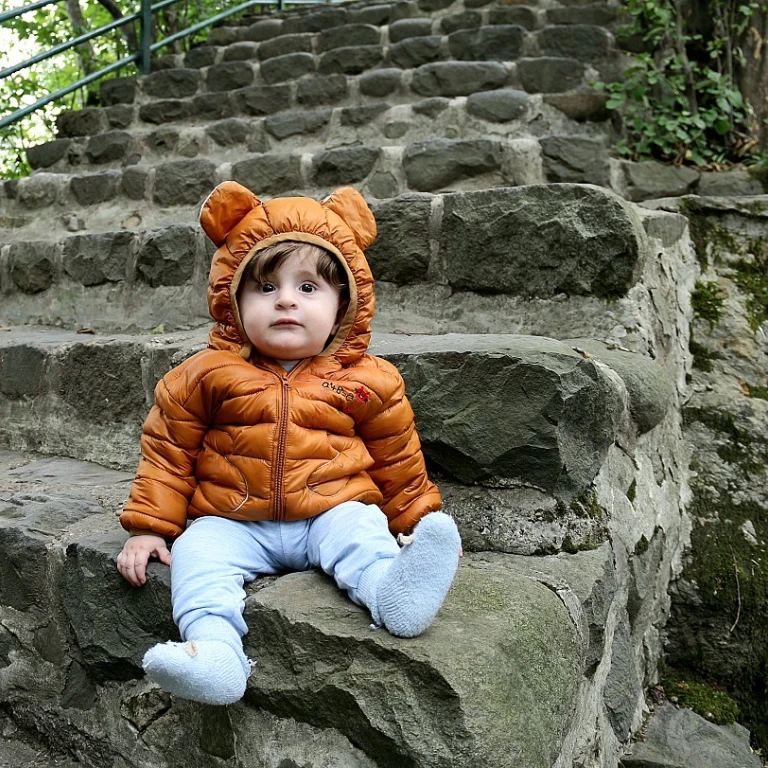
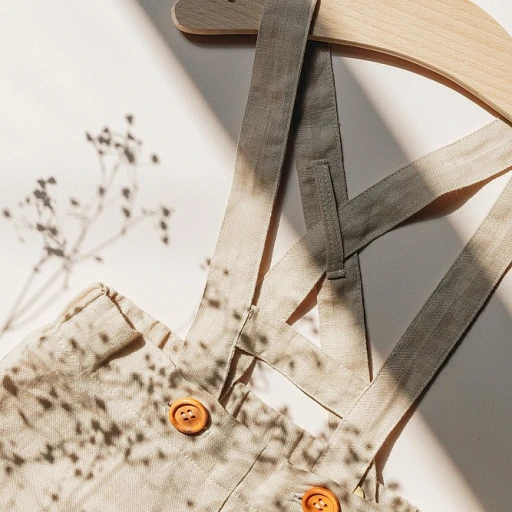
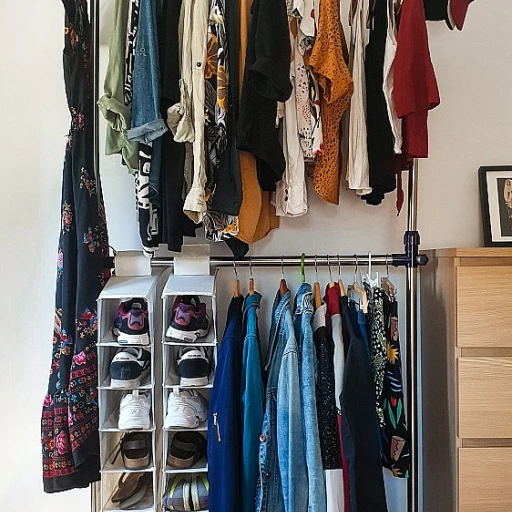
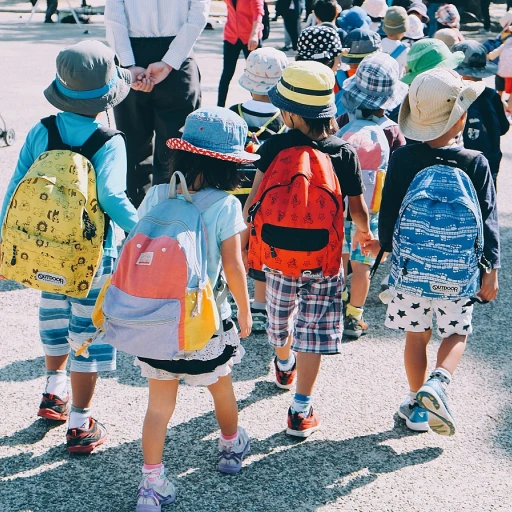
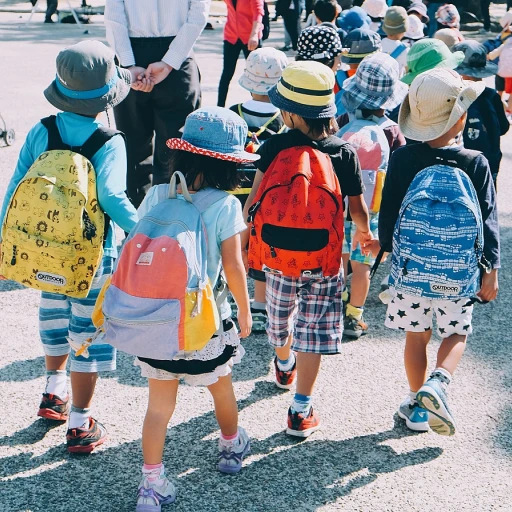
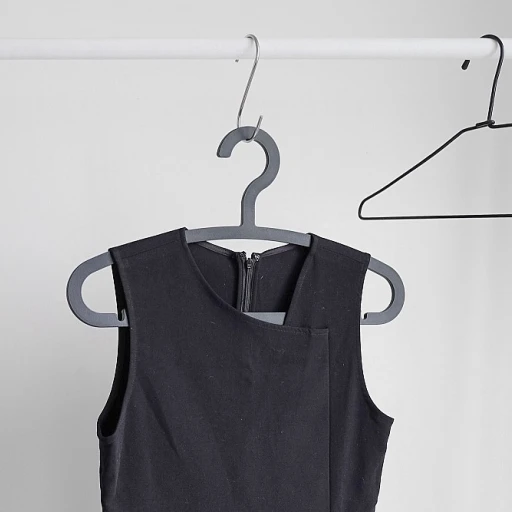
-large-teaser.webp)
